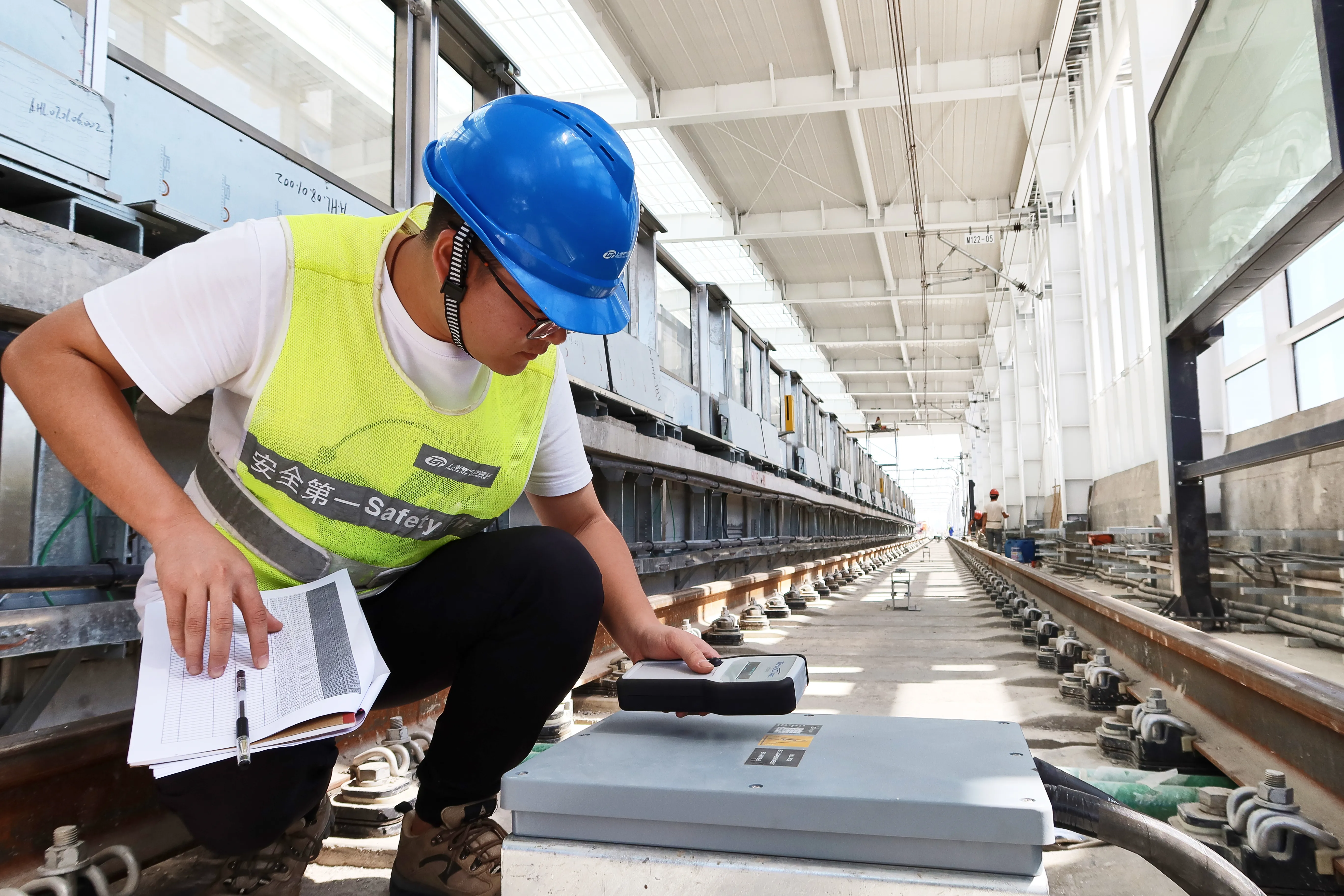In a contract valued at around US$10.75 million, Chinese provider of automation and control technologies, Hollysys Automation Technologies, is to supply the ground-based signalling system for the 357 km Guangdong section of the Xiamen-Shenzhen high-speed rail line which has a designed travelling speed of 200 km/h. Hollysys will provide the ground-based high-speed rail signaling system, including train control centres (TCC), line-side electronic units (LEU) and other auxiliary equipments, which are expected
January 9, 2013
Read time: 2 mins
In a contract valued at around US$10.75 million, Chinese provider of automation and control technologies, 7077 Hollysys Automation Technologies, is to supply the ground-based signalling system for the 357 km Guangdong section of the Xiamen-Shenzhen high-speed rail line which has a designed travelling speed of 200 km/h.
Hollysys will provide the ground-based high-speed rail signaling system, including train control centres (TCC), line-side electronic units (LEU) and other auxiliary equipments, which are expected to be delivered and installed by October 2013.
The Guangdong section of the Xiamen-Shenzhen line will start at the border between Fujian and Guangdong provinces, and travel to Shenzhen city via Chaozhou-Shantou region, Shanwei, Huizhou city and other cities. Once work on the section is completed, the full 502 km journey from Xiamen city to Shenzhen city will take three hours. It is believed that this line is of utmost importance to the local economy, because it brings three important special economic zones, Xiamen, Shantou, and Shenzhen together in a much more convenient, economic and faster way.
Dr Changli Wang, chairman and CEO of Hollysys, commented: "We are pleased to win this contract to supply the ground-based signaling equipments for the Guangdong section of the Xiamen-Shenzhen line. We believe that with our strong research and development and implementation capability and excellent track record, Hollysys will continue to benefit from China's restarted high-speed rail construction and create value for our shareholders”.
Hollysys will provide the ground-based high-speed rail signaling system, including train control centres (TCC), line-side electronic units (LEU) and other auxiliary equipments, which are expected to be delivered and installed by October 2013.
The Guangdong section of the Xiamen-Shenzhen line will start at the border between Fujian and Guangdong provinces, and travel to Shenzhen city via Chaozhou-Shantou region, Shanwei, Huizhou city and other cities. Once work on the section is completed, the full 502 km journey from Xiamen city to Shenzhen city will take three hours. It is believed that this line is of utmost importance to the local economy, because it brings three important special economic zones, Xiamen, Shantou, and Shenzhen together in a much more convenient, economic and faster way.
Dr Changli Wang, chairman and CEO of Hollysys, commented: "We are pleased to win this contract to supply the ground-based signaling equipments for the Guangdong section of the Xiamen-Shenzhen line. We believe that with our strong research and development and implementation capability and excellent track record, Hollysys will continue to benefit from China's restarted high-speed rail construction and create value for our shareholders”.








